Bulgaria is dotted with over 5,000 caves, each one having its own history, captivating beauty and mysteries. Some of these true underground treasures welcome tourists.
Here are some of the most mysterious and mesmerizing caves to visit during the hot summer days:
1. The Devil's Throat Cave: Gateway to the afterlife
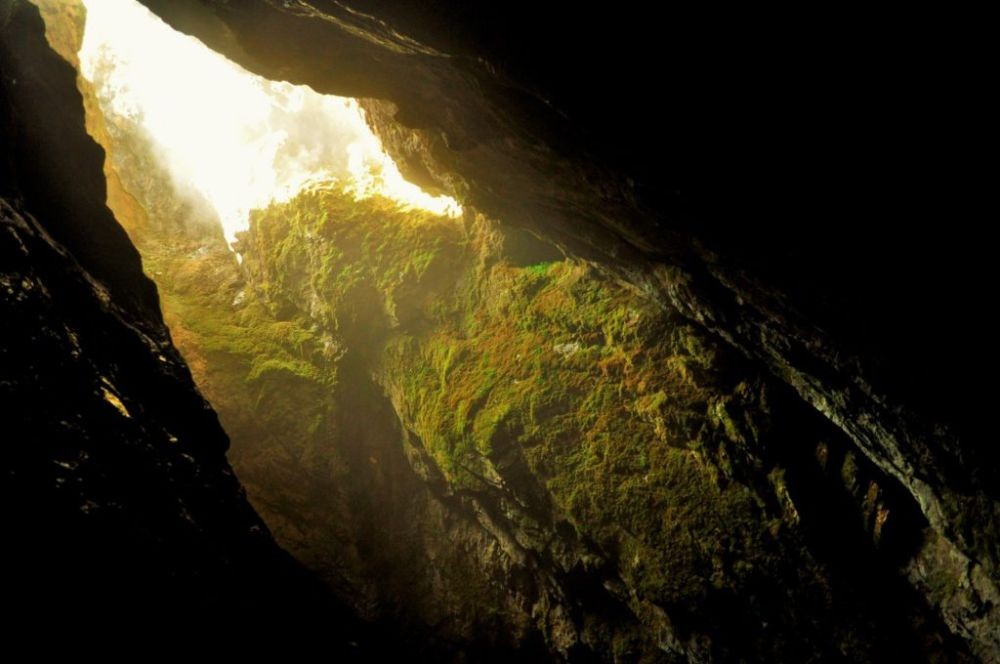
This precipitous cave, whose opening yawns amidst the rocks of the Trigrad Gorge in the Rhodope Mountains, is a magnet for tourists wishing to peer into the realm of Hades. Since time immemorial, the cave has been associated with Thracian beliefs about the path to the afterlife. The legend has it that singer Orpheus descended into the underworld through the ominous chasm to bring back his beloved Eurydice from the realm of the dead. Entering the cave is a real adventure. You can even try it with a rubber boat.
Prohodna Cave-The Eyes of God
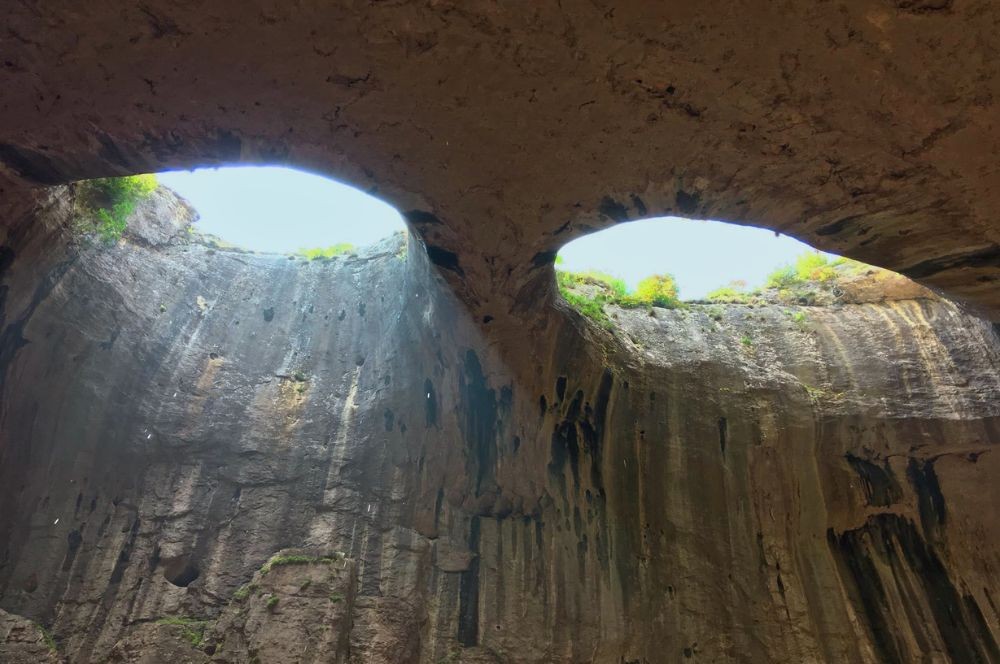
Located near the town of Lukovit, this cave is distinguished by its two natural openings in the ceiling, resembling giant eyes that are watching you from the sky. The other name of the cave is the Eyes of God. Under this mesmerizing gaze, time stands still and we feel small and humble.The cave has been inhabited since ancient times. Here, the Thracians held their cult rituals, captivated by the interplay of light within the cave. Like them, we too are mesmerized by its mystique and magnetic beauty.
The Magura Cave

The impressive stalactites, stalagmites and stalagnates in the cave evoke a sense of mystery and timelessness. But what makes it unique are the ancient paintings on its walls. The oldest paintings, dating back 8,000-12,000 years, are considered some of the earliest in this part of Europe. According to some researchers, the Magura Cave was a kind of library where the knowledge of ancient people about the world was encoded. In the 1970s, one of its chambers housed a temporary hospital. It turned out that the sterile environment of the cave, free from bacteria, viruses and allergens, was perfect for asthmatics!
Venetsa Cave
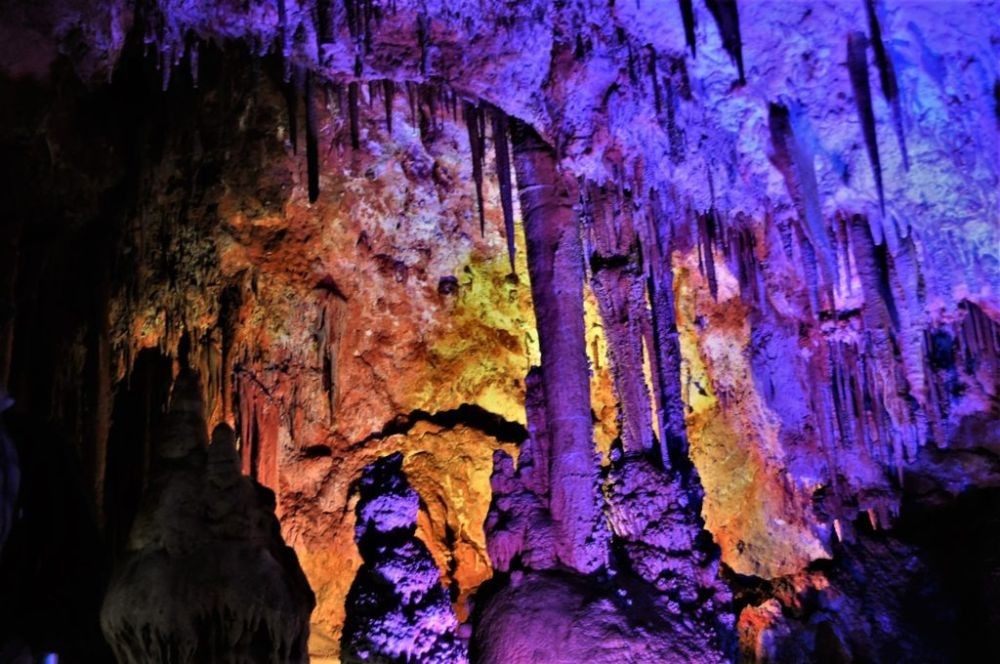
Venetsa Cave comes to life in all its splendor before the eyes of visitors with the help of colored LED lighting. The cave is approximately 300 meters long and consists of 5 chambers. In Venetsa, one can find the thickest stalagnate in Bulgaria, measuring a whopping 25 meters in circumference. The cave abounds with formations of the semi-precious stone onyx, as well as with mountain corals, ice crystals, etc.
Welcome to Venetsa – most beautiful cave of Bulgaria’s North-West
The Utroba Cave
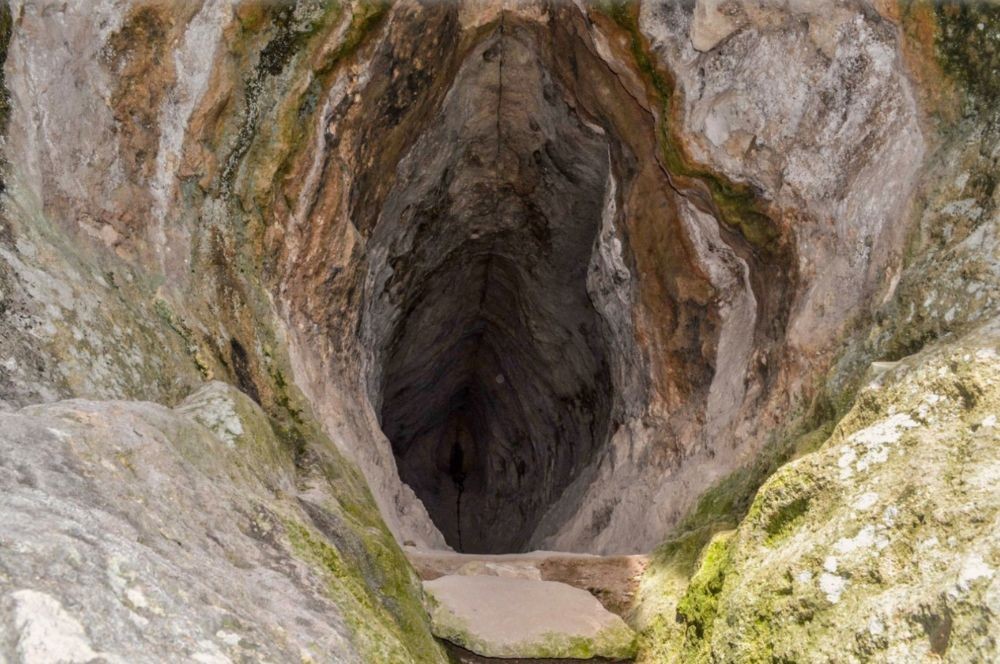
One of Bulgaria’s most mystical caves is located in the Eastern Rhodope Mountains. It is also called The Womb, because it resembles a female reproductive organ. It is believed that during the 11th-9th centuries BC, it was used by the Thracians as a sanctuary for the Mother Goddess. Every year, on the day of the spring equinox, a sun ray penetrates the cave, symbolically fertilizing the womb of the Mother Goddess.
Bacho Kiro Cave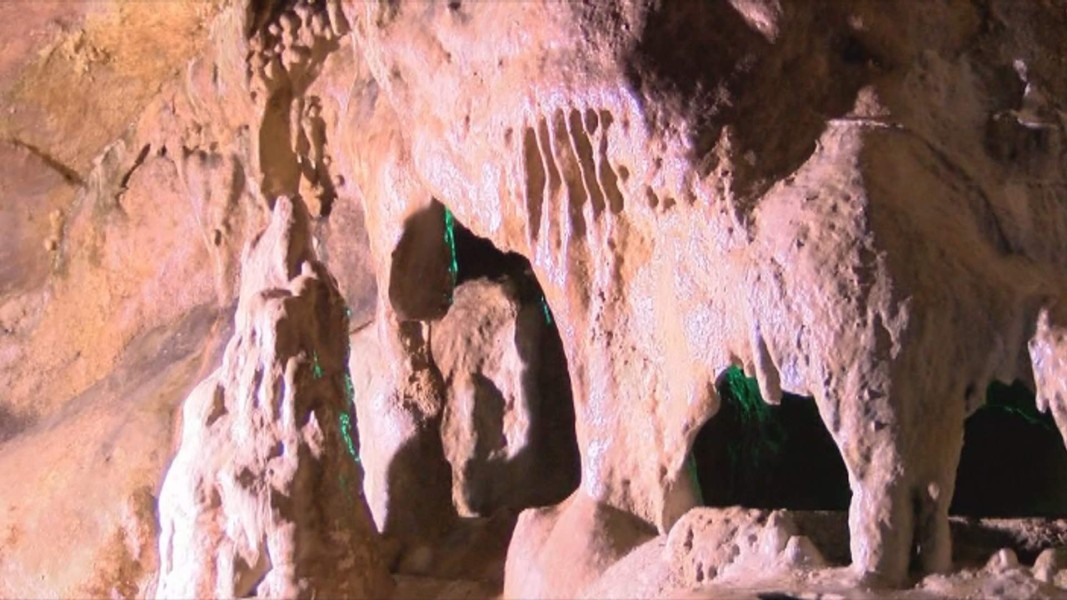
Nature has sculpted there a cascade of stalactites, stalagmites and bizarre cave lakes, but what makes the cave a world-famous site are the archaeological findings. Recently, an international team of scientists found that Europe's first homo sapiens lived in Bacho Kiro 45,000 years ago. Contrary to recent hypotheses, they even coexisted for some time with Neanderthals.
The Tree Cave
The Tree Cave is part of several niches and deep crevices in a rocky crown near the village of Botunya, which are believed to have been inhabited since ancient times. The cave itself has several openings, with the largest one forming an almost perfect circle. Through this opening, the crown of a mulberry tree stretches towards the scant sunlight. On the rocky ridge above the cave are the remains of an ancient fortress.
Published and translated by Kostadin AtanasovPhotos: BGNES; Veneta Nikolova
Minister of Tourism Evtim Miloshev opened the Tourism Forum "Bulgaria - Discover and Share" in Istanbul, Turkey. The forum aims to explore opportunities for cooperation between Bulgarian and Turkish tourism products. "I believe that there is significant..
A new historical complex in Troyan honours the heroism of local Bulgarians who took part in the Balkan Wars (1912-1913), the First World War and the Second World War. The complex presents the history of the 34th Troyan Infantry Regiment and its..
A little over 35% of Bulgarian adults have practiced various forms of health tourism in Bulgaria . This was said by the Deputy Minister of Tourism, Irena Georgieva, during a congress of the Bulgarian Union of Balneology and Spa Tourism in Burgas, BTA..

+359 2 9336 661
